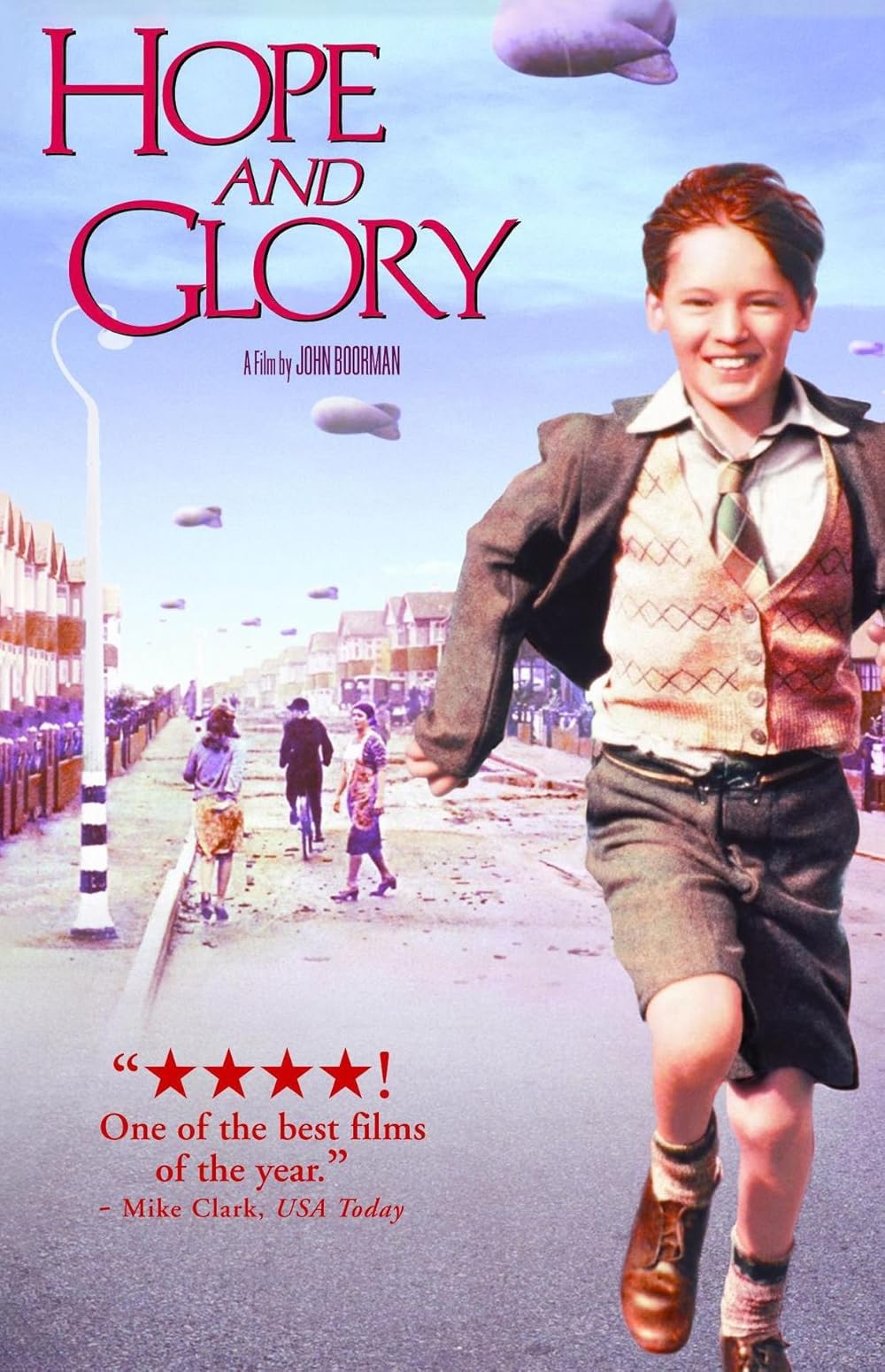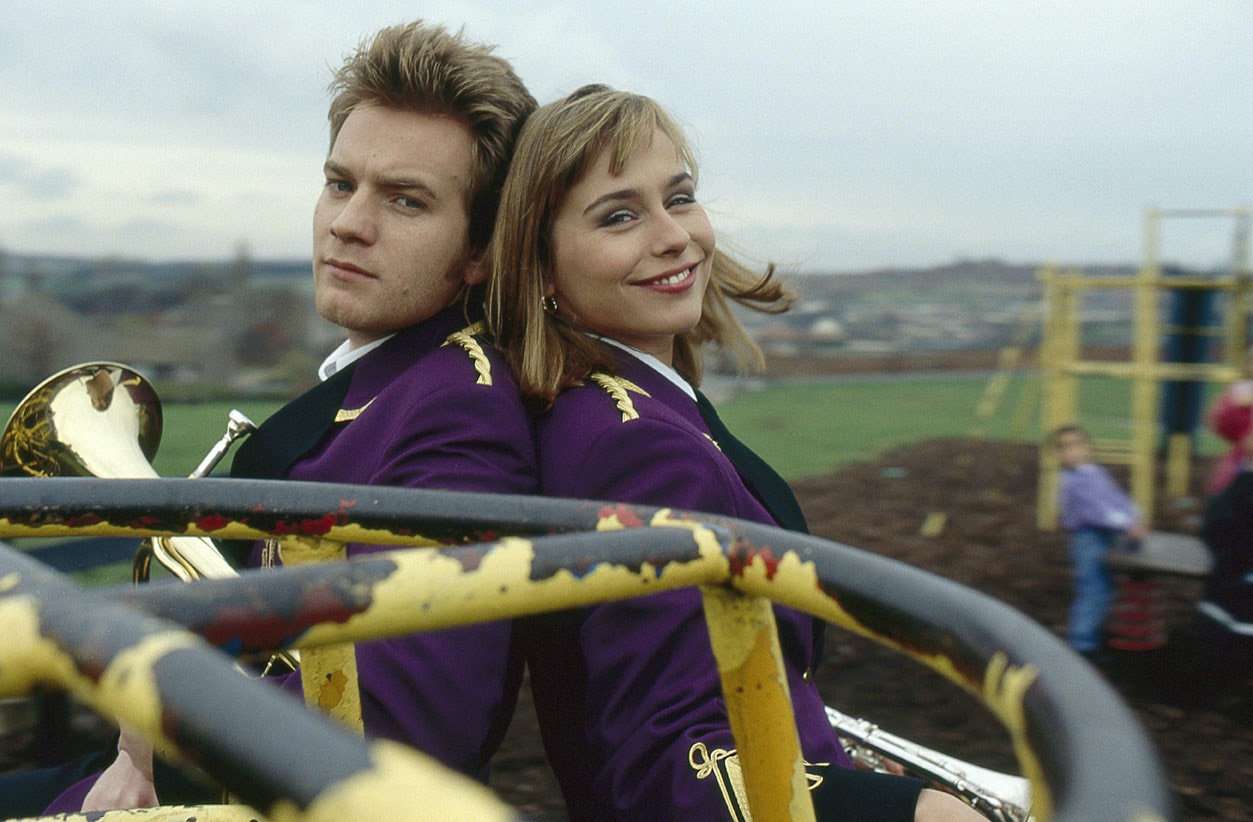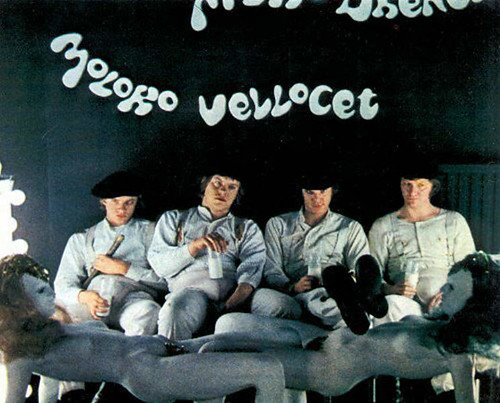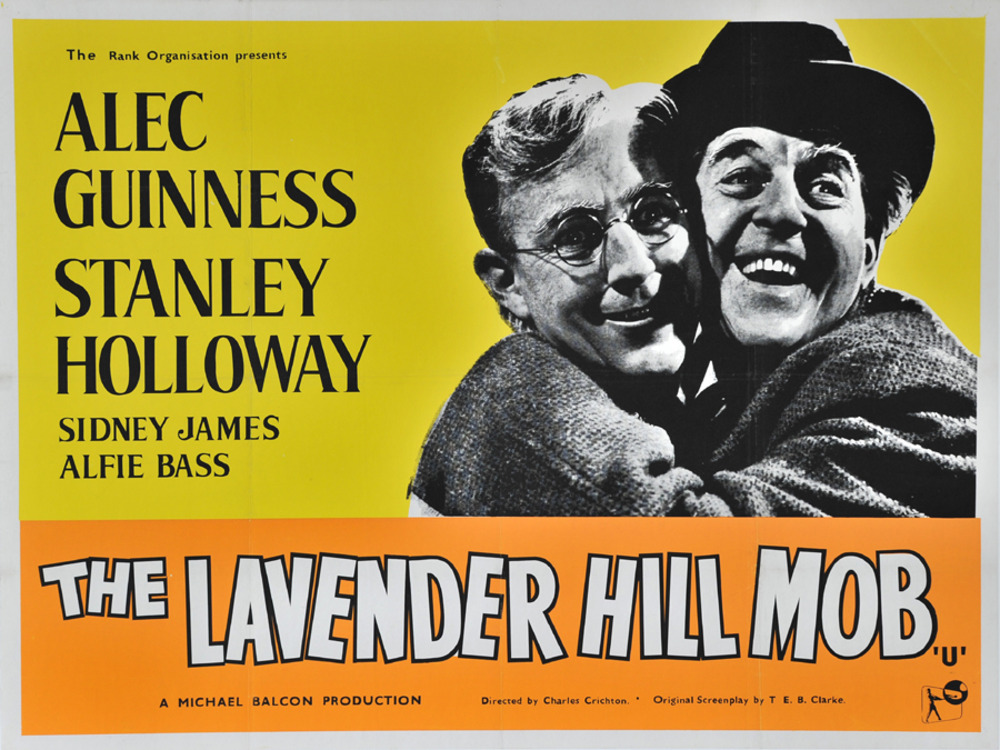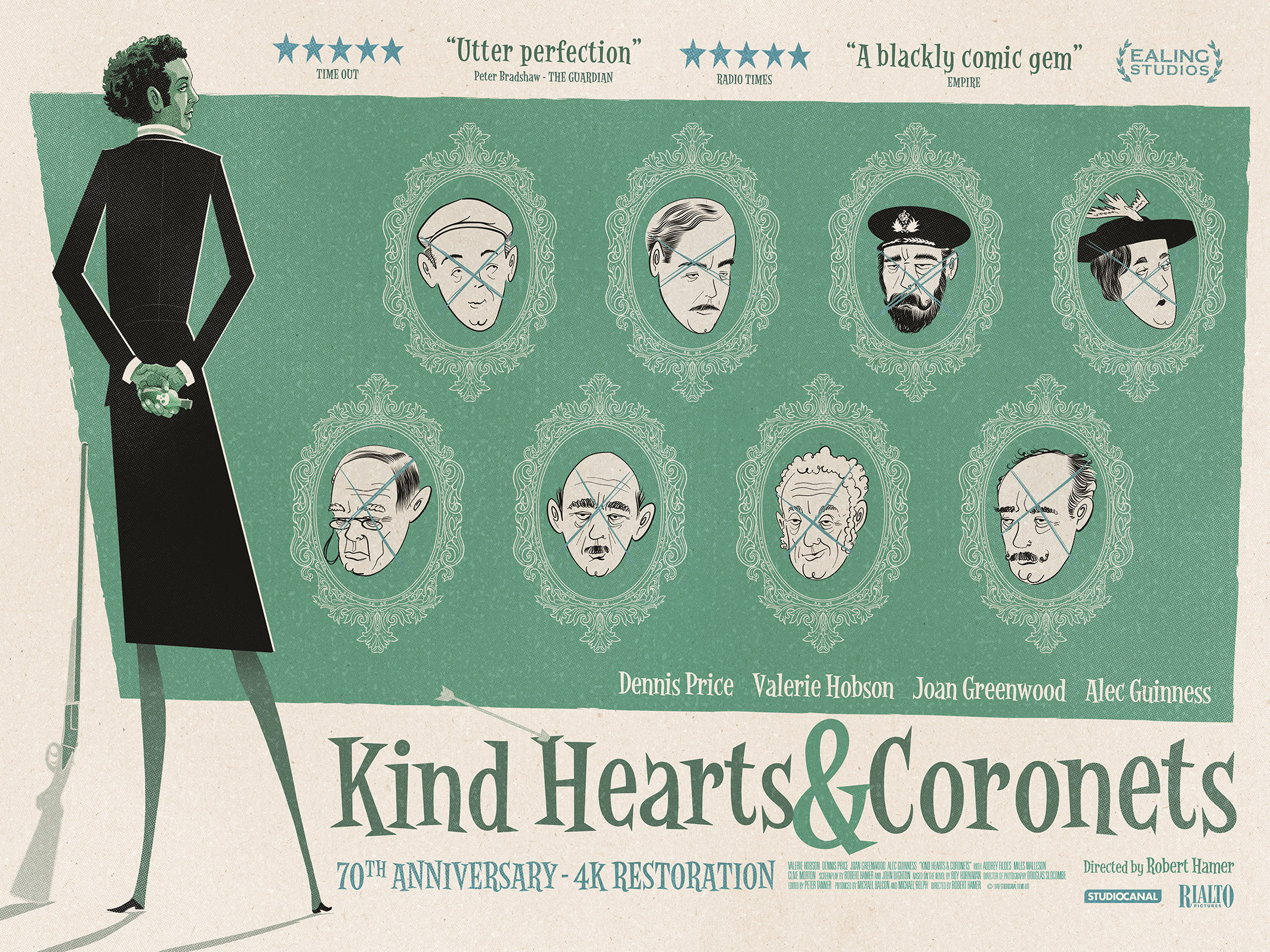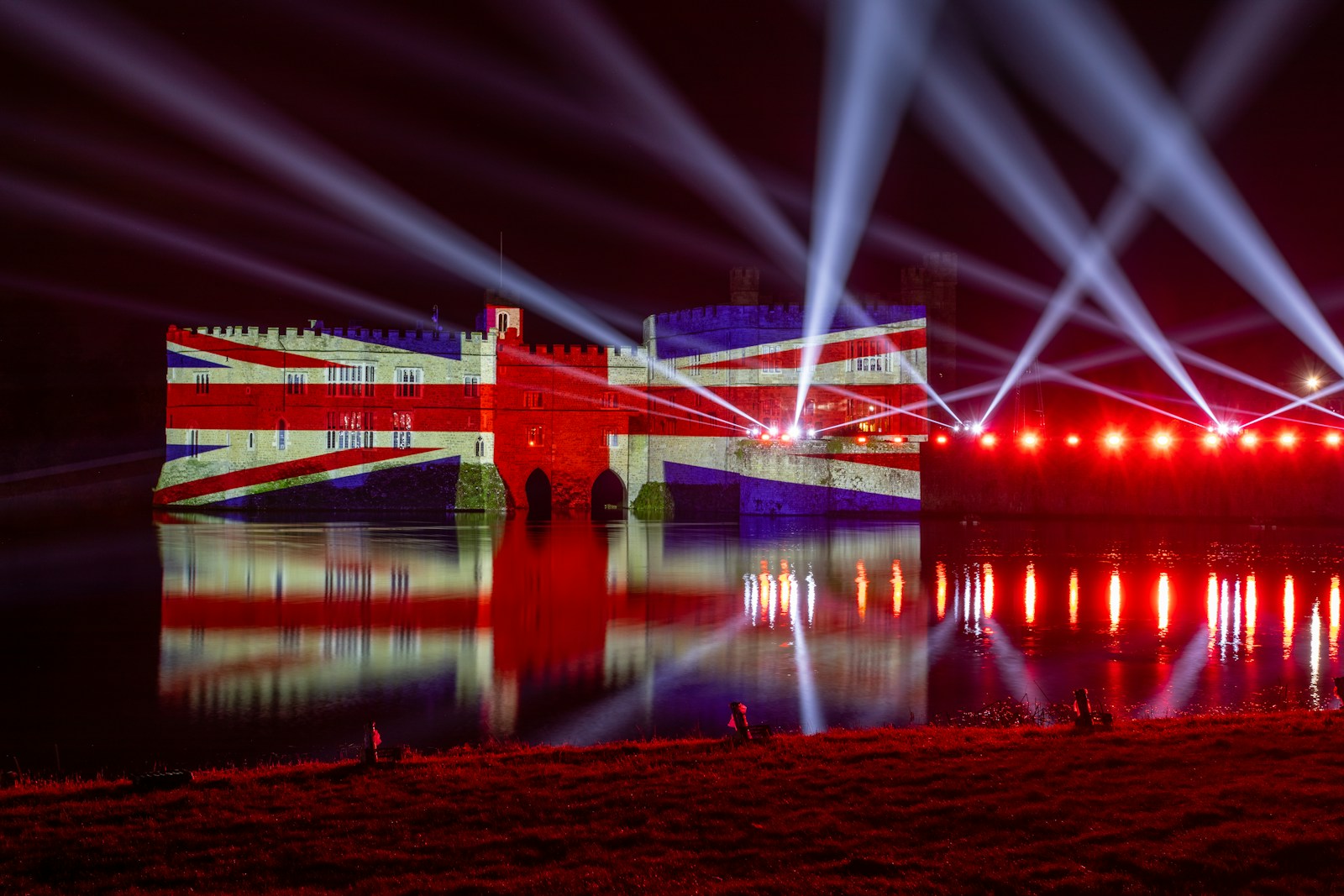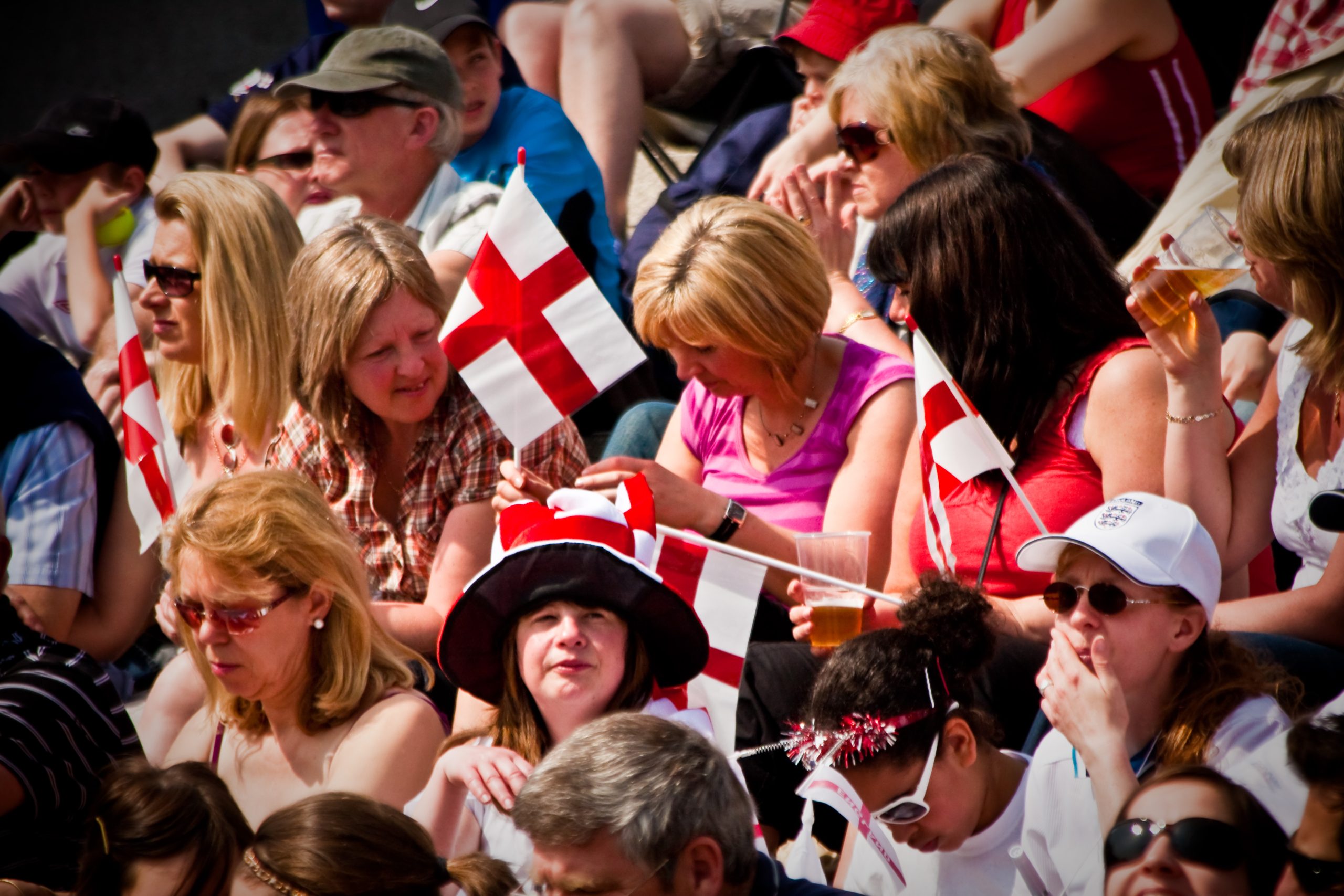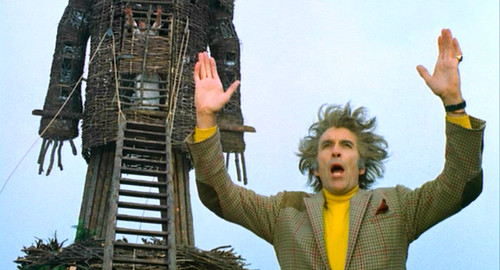
10 Interesting Facts and Figures About The Wicker Man (1973)
The Wicker Man, directed by Robin Hardy, is a classic British horror film that has left a lasting impact on the genre since its release in 1973. Combining folk horror elements with a gripping narrative, the film explores themes of paganism, sacrifice, and belief systems. As we delve into the film’s fascinating history, here are ten interesting facts and figures that highlight its significance and enduring legacy.
1. A Cult Classic Emerges
Originally released in 1973, The Wicker Man didn’t achieve immediate commercial success; however, it quickly gained a cult following and is now regarded as one of the greatest British horror films of all time. Its unique blend of horror and musical elements set it apart from contemporary films.
2. The Original Running Time
The original cut of The Wicker Man was approximately 102 minutes long. However, due to various edits, the version that was released in theaters ran only 87 minutes. The original cut has since been restored and is now available for viewers to appreciate the film in its entirety.
3. Christopher Lee’s Eager Participation
Christopher Lee, who played the enigmatic Lord Summerisle, was so invested in the project that he took a pay cut to ensure the film was made. His dedication to the role and the film’s vision contributed significantly to its eerie atmosphere and overall impact.
4. The Soundtrack’s Uniqueness
The film features a distinctive soundtrack composed by Paul Giovanni, blending folk music and haunting melodies that enhance the story’s unsettling mood. The songs performed by the islanders are integral to the narrative, showcasing the integration of music within the horror genre.
5. Filming Locations
The Wicker Man was primarily filmed on the Scottish island of Lismore, providing a stunning and atmospheric backdrop that added to the film’s sense of isolation and mystery. The natural beauty of the location contrasts sharply with the disturbing events that unfold.
6. The Influence of Paganism
The film delves deeply into themes of paganism and the conflict between ancient beliefs and modern Christianity. This exploration of different belief systems was relatively rare for its time, and it has influenced numerous films and literature in the horror genre since its release.
7. The Infamous Ending
The climactic ending of The Wicker Man is one of its most talked-about features, with the protagonist, Edward Malus, meeting a horrific fate. The shocking conclusion poses questions about sacrifice and belief, leaving viewers with a haunting sense of unease that lingers long after the credits roll.
8. Awards and Recognition
Although it did not win any major awards upon its release, The Wicker Man has since received recognition in various film festivals and critics’ circles. It has been included in numerous “best of” lists, showcasing its enduring impact on cinema.
9. Remakes and Adaptations
The Wicker Man has inspired several adaptations, including a 2006 Hollywood remake starring Nicolas Cage. However, none have captured the same magic or critical acclaim as the original, reflecting its unique position in film history.
10. Legacy and Influence
The Wicker Man’s influence can be seen in numerous subsequent films, particularly in the folk horror subgenre. Its themes and stylistic choices have inspired filmmakers worldwide, ensuring that its legacy continues to thrive in modern cinema.
Conclusion
The Wicker Man remains a pivotal work in British cinema, celebrated for its innovative storytelling, atmospheric setting, and thought-provoking themes. Its journey from obscurity to cult classic status is a testament to the film’s unique vision and the talent of those involved in its creation. As horror continues to evolve, The Wicker Man’s influence endures, ensuring it will be remembered and appreciated for generations to come.

